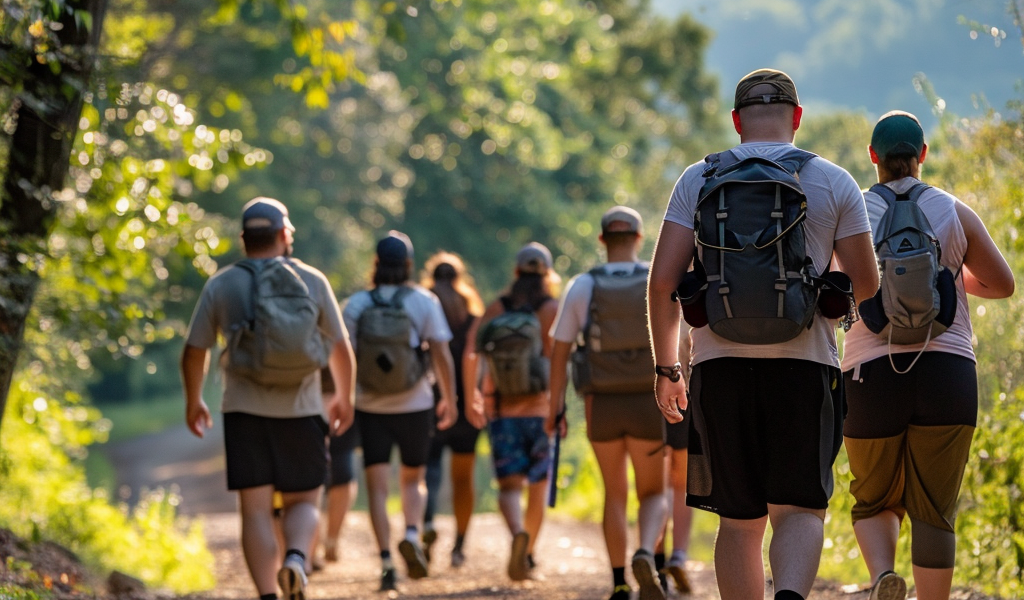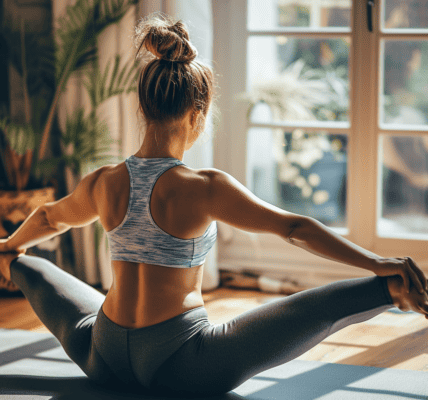The fitness world is witnessing a surge in popularity for a trend known as rucking, a straightforward yet effective way to enhance physical fitness. This method, which involves walking with a weighted backpack, has caught the attention of fitness enthusiasts and experts alike, including notable figures such as podcaster Andrew Huberman and longevity specialist Peter Attia.
Rucking, rooted in military training, has transitioned into a civilian-friendly exercise that combines the simplicity of walking with the added challenge of carrying weight. This combination not only intensifies the workout but also provides a unique strength-building stimulus.
To delve deeper into the benefits and mechanics of rucking, we consulted Nichele Cihlar, director of training at rucking specialist GoRuck, and Dr. Elroy Aguiar, assistant professor of exercise science at The University of Alabama. Their insights reveal why rucking is becoming a staple in many fitness routines.
What is Rucking?
According to Cihlar, rucking can be simply defined as “walking with weight on your back.” This straightforward definition stands in contrast to many of the complex fitness trends proliferating on social media. Rucking is accessible and can be performed by almost anyone, regardless of fitness level.
While seasoned ruckers may use specialized rucksacks and weight plates, beginners can easily start with any sturdy backpack filled with weighty items. This adaptability makes rucking an appealing option for those looking to increase their physical activity without the need for a gym membership or extensive equipment.
Health Benefits of Rucking
The primary allure of rucking lies in its versatility and accessibility. It can easily fit into a busy schedule, whether you have just 20 minutes for a brisk walk during lunch or want to enhance your daily step count. By incorporating a weighted rucksack, individuals can transform ordinary walks into effective workouts.
Cihlar emphasizes that rucking is suitable for a wide range of people, particularly beginners who may feel intimidated by traditional gym environments. “It’s a way to get fit without the pressure of a crowded gym,” she notes. This aspect makes rucking an ideal choice for those seeking a more relaxed approach to fitness.
How to Get Started with Rucking
For those interested in trying rucking, the first step is to choose a comfortable backpack. Beginners are encouraged to start with lighter weights and gradually increase the load as they become more accustomed to the activity. The key is to maintain proper posture while walking, ensuring that the weight is evenly distributed to avoid strain.
Experts recommend starting with a weight of around 10% of your body weight, adjusting as necessary based on comfort and fitness level. Walking on flat surfaces is advisable for beginners, with the option to progress to more challenging terrains as strength and endurance improve.
Rucking vs. Traditional Walking
One of the significant advantages of rucking over traditional walking is the added intensity it provides. By carrying weight, individuals can engage more muscle groups, leading to increased calorie burn and improved cardiovascular fitness. This makes rucking an efficient workout option for those pressed for time.
Moreover, rucking can be a great way to build functional strength, which translates into better performance in everyday activities. The act of carrying weight mimics real-life scenarios, such as lifting groceries or moving furniture, making it a practical choice for enhancing overall physical capability.
Community and Social Aspects of Rucking
Rucking also fosters a sense of community among participants. Many individuals join rucking groups or clubs, which can provide motivation and camaraderie. These groups often organize events and challenges, creating a supportive environment for people of all fitness levels to engage in this activity together.
Participating in group rucking can also introduce a social element to exercise, making it more enjoyable and sustainable in the long term. The shared experience of rucking can lead to new friendships and a sense of belonging, further enhancing the overall fitness journey.
Rucking Gear and Accessories
While the basic requirement for rucking is a sturdy backpack, various accessories can enhance the experience. Weight plates designed specifically for rucking can be purchased, providing a more comfortable and efficient way to carry weight. Additionally, investing in a quality rucksack can improve comfort and durability during walks.
Other accessories such as hydration packs, comfortable footwear, and supportive clothing can also contribute to a more enjoyable rucking experience. Ensuring that you are well-equipped can make a significant difference, especially during longer sessions.
Conclusion
Rucking is more than just a fitness trend; it’s a practical and accessible way to enhance physical health. Its simplicity, combined with the ability to adapt to various fitness levels, makes it an appealing choice for many. With the right approach and equipment, anyone can incorporate rucking into their routine and enjoy the numerous benefits it offers.





